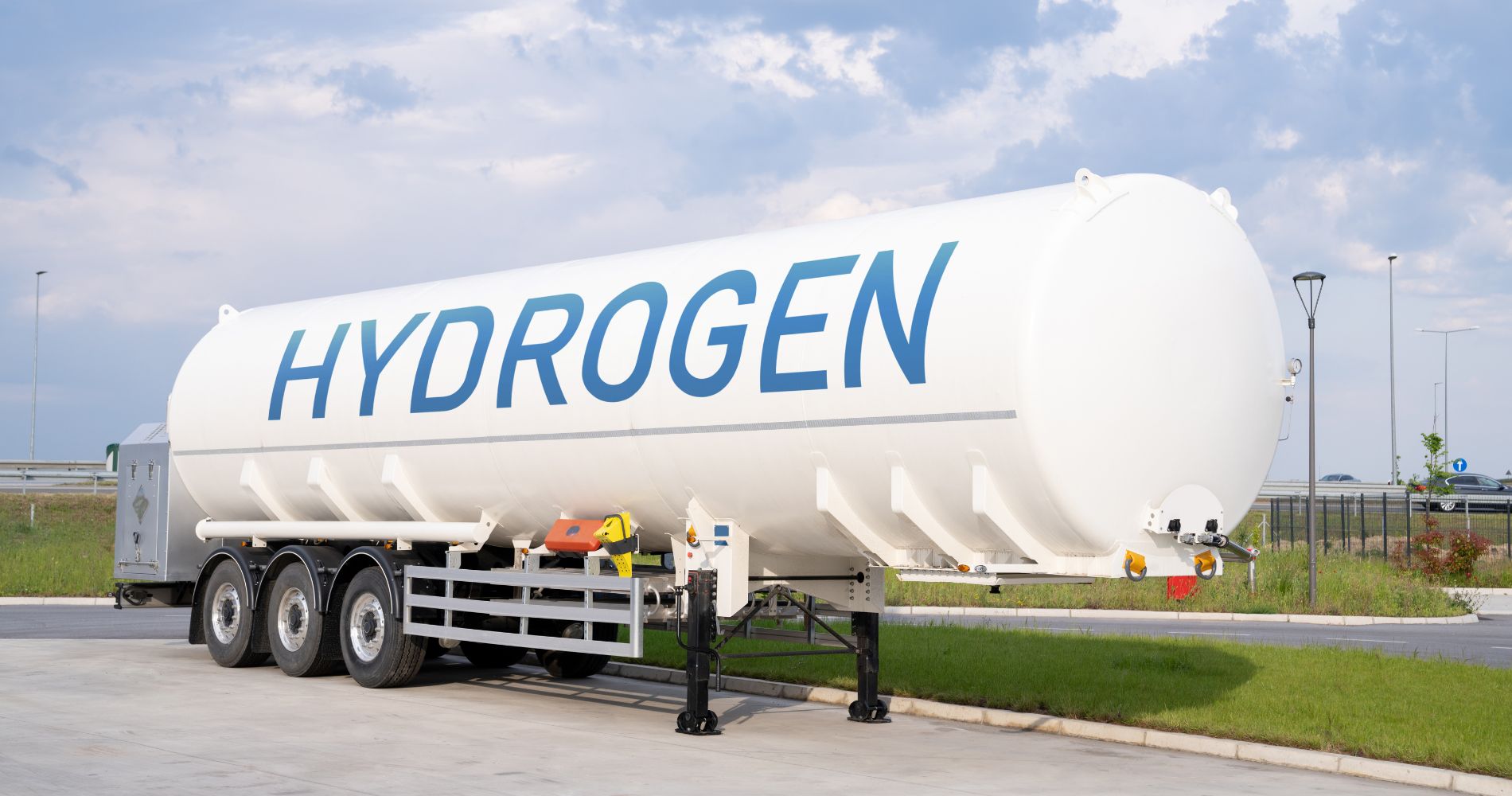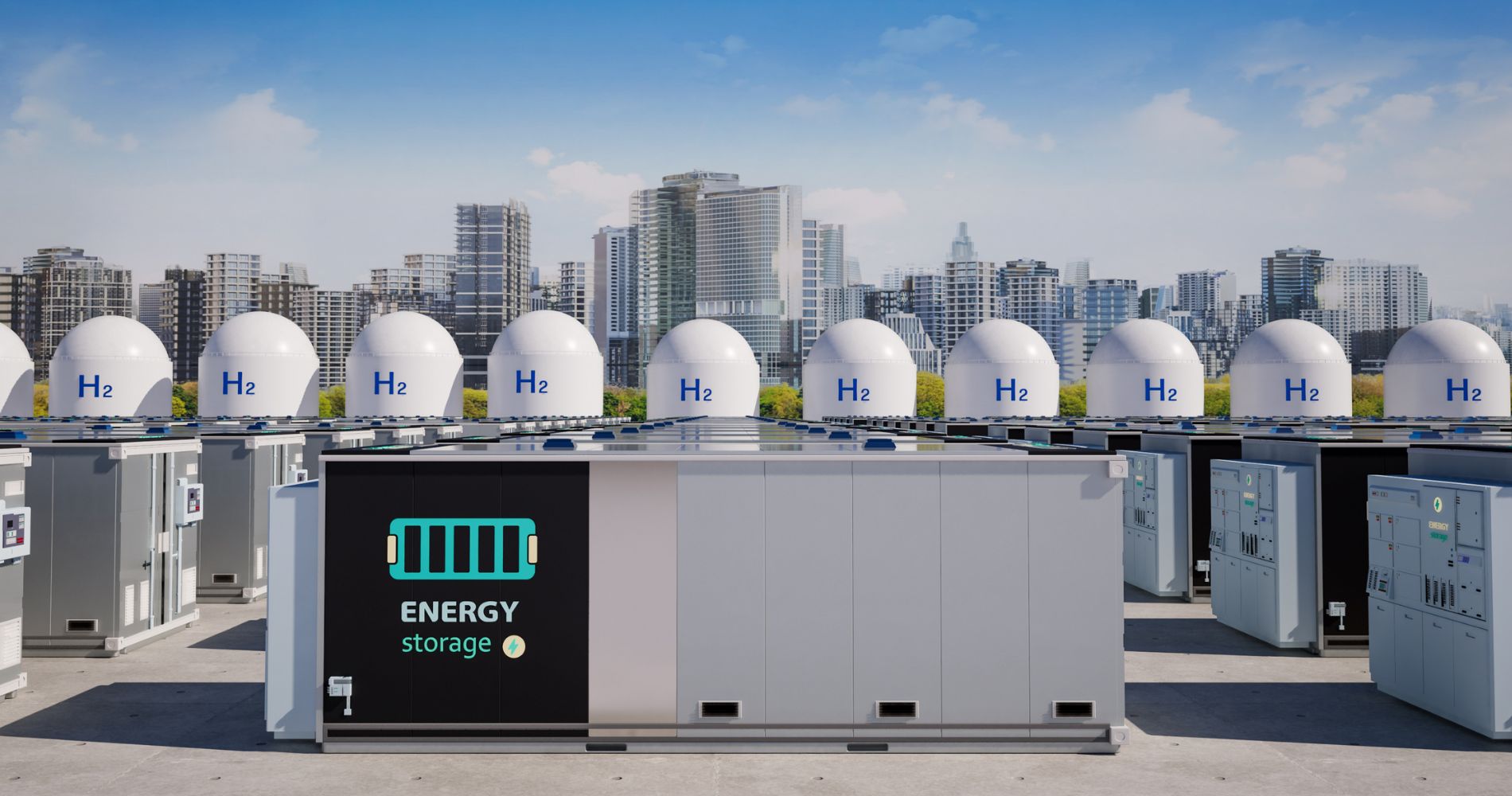In the complex architecture of the global energy transition, few molecules generate as much excitement and debate as green hydrogen (H2V). Nicknamed the “Swiss army knife” of decarbonization, it is seen as the key to cleaning up the most stubborn sectors of the economy—those where direct electrification is either unfeasible or prohibitively expensive. And in this race that promises to move trillions of dollars over the coming decades, Brazil is not just participating; it is positioning itself to lead.
By 2025, H2V has moved beyond the laboratory concept stage to become the centerpiece of a geopolitical and industrial strategy. With more than 1,700 clean hydrogen projects mapped worldwide and demand projections requiring annual investments exceeding US$1 trillion starting in 2030, according to the International Energy Agency (IEA), the question is no longer whether green hydrogen will become a major commodity, but who will produce and export it.
This is where Brazil enters with an almost unmatched competitive advantage. Green hydrogen production is, at its core, an electrolysis process that splits hydrogen from oxygen using electricity. For the hydrogen to be “green,” this electricity must come from renewable sources. And in this, Brazil is a powerhouse.
Brazil’s Natural Competitive Advantage
While countries like Germany and Japan, large energy consumers, face high costs and geographic limitations to generate renewable energy at scale, Brazil enjoys a unique combination of resources:
- Abundant Sun and Wind: Extremely high solar irradiation in the Northeast and steady, unidirectional winds—both onshore and offshore—enable power generation at some of the world’s lowest costs.
- Clean and Robust Energy Matrix: With an electricity mix already composed of more than 85% renewables, Brazil can guarantee the “green certification” of its hydrogen more easily and consistently than any other major economy.
- Availability of Water and Land: Large-scale production requires vast areas for solar and wind farms, in addition to water access—resources Brazil possesses in abundance.
This combination makes Brazil’s levelized cost of H2V production among the most competitive in the world, rendering its product highly attractive to importing markets such as the European Union, which has already set ambitious renewable hydrogen consumption targets.
Recognizing this opportunity, the Brazilian government, through the Ministry of Mines and Energy (MME), launched the “Brazilian Hydrogen Portal”, a strategic initiative to centralize information, attract investors, and signal to the world that the country is “open for business.” Port complexes such as Pecém (CE) and Açu (RJ) have already signed dozens of memoranda of understanding with global giants to establish production and export hubs.
Strategic Applications: Decarbonizing the Inflexible
The true value of green hydrogen lies in its ability to decarbonize sectors where batteries and direct electrification fall short:
- Green Steel: The steel industry is one of the world’s largest CO₂ emitters, as it uses coking coal in the iron ore reduction process. H2V can replace coal in this process, resulting in so-called “green steel.” For Brazil, the world’s second-largest iron ore producer, mastering this technology means adding enormous value to its commodity by exporting a high-value, low-carbon product.
- Green Ammonia and Fertilizers: Ammonia (NH₃) production, essential for nitrogen fertilizers, is currently fossil-gas intensive. Producing ammonia from green hydrogen (creating “green ammonia”) delivers a double benefit: it decarbonizes food production and provides a safer, cheaper way to transport hydrogen, as ammonia is easier to liquefy and store.
- Synthetic Fuels and Heavy Transport: H2V is the feedstock for e-fuels, or synthetic fuels, such as e-methanol and SAF (Sustainable Aviation Fuel). For aviation, cargo ships, and long-haul trucks—where battery weight is prohibitive—these fuels are seen as the most promising decarbonization solution.
The Real-World Bottlenecks: From Potential to Production
Despite justified optimism, the journey to transform Brazil into an H2V superpower is filled with monumental challenges that must be urgently addressed.
- Cost and Scale of Electrolyzers: The heart of an H2V plant is the electrolyzer, an expensive piece of equipment whose global production chain is still struggling to keep up with projected demand. The capital expenditure (CAPEX) of an H2V project remains extremely high.
- Absence of a Regulatory Framework: The biggest obstacle, flagged by all investors, is the lack of a clear legal framework for hydrogen in Brazil. Without defined rules on classification, certification, tax incentives, and commercialization models, investors hesitate to commit the billions of dollars required. The National Congress is debating bills on the matter, but delays in approval generate legal uncertainty.
- Logistical Infrastructure: Producing H2V is only half the battle. It must also be transported—whether through adapted pipelines (which are costly) or in the form of ammonia or methanol, which requires the construction of specialized port infrastructure and vessels.
The race for green hydrogen is a marathon, not a sprint. Brazil has taken an early lead, with undeniable natural advantages. However, to win, it will need more than sun and wind. It will require regulatory agility, long-term strategic vision, and flawless execution capacity to build not only the plants but the entire ecosystem that will sustain the 21st century’s newest and most promising energy commodity. The potential is clear. The window of opportunity is open. The time to act is now.






